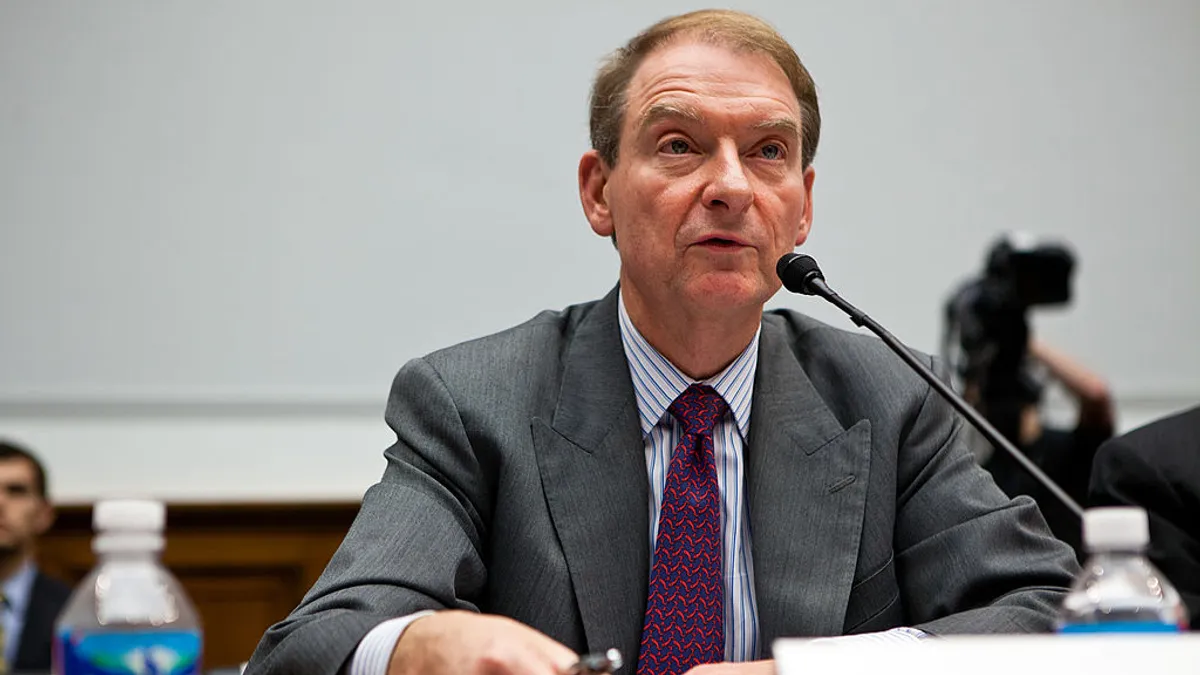Strikes by workers employed by Mondelez International, the owner of Nabisco, at plants across the United States stem partly from the company’s decision three years ago to freeze the pension it offers workers and offer instead employer-contributed 401(k) plans.
Single sponsor, defined-benefit pensions like the kind frozen by Mondelez were popular decades ago but few companies offer them today because they put the interest-rate risk on employers and represent long-term obligations that can weigh heavily on their balance sheets. 401(k) plans do neither of those things; they’re off the balance sheet and employees bear the risk of the account value dropping.
The strikes, which began in Oregon in August and then spread to other plants, in Colorado, Virginia, Illinois and Georgia, are mainly about wages, hours and the risk of some operations shifting abroad. Fueled by the popularity of its snack lines, which include Oreo cookies, which continue to benefit from people working from home and going out less because of the pandemic, the company has seen revenues and profits soar, according to the union, Bakery, Confectionary Tobacco Workers and Grain Millers International. Mondelez's revenue rose 12% in the most recent quarter.
We’re “telling Nabisco to … get off the ridiculous demand for contract concessions at a time when the company is making record profits,” Union President Anthony Shelton said in a statement.
The company, instead of raising wages and paring back overtime hours, is making an offer on pay and hours that the union says doesn't represent a good faith effort to find common ground.
The company “wants to save every dime they can,” Donald Woods, a union officer, told the Washington Post.
The pension freeze is an issue, the union said, because it shouldn’t be seen as an overly expensive benefit in light of the money the company has been making.
“You’ve got the CEO, who’s making $16 million or $17 million a year in salary, but you won’t pay into the pension fund?” said Woods.
Whatever is eventually agreed to, it’s unlikely the company will go back to offering a pension. Although it’s obligated to maintain the fund for existing beneficiaries, if its like other companies that still have traditional plans on their books, it will continue to take steps to reduce the obligation over time. As a follow-on to its freezing the fund three years ago, it could offer beneficiaries lump-sum buyouts or, in an increasingly popular move among companies, annuitizing it — transferring portions of the fund to insurers in exchange for premium payments. That puts the long-term risk on the carrier.














